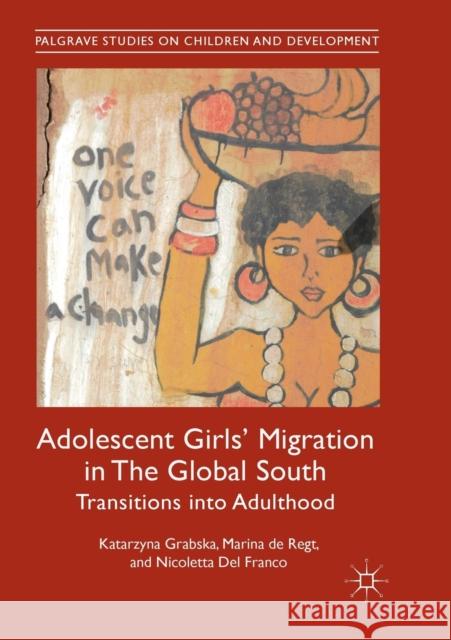Adolescent Girls' Migration in the Global South: Transitions Into Adulthood » książka
topmenu
Adolescent Girls' Migration in the Global South: Transitions Into Adulthood
ISBN-13: 9783030130831 / Angielski / Miękka / 2019 / 272 str.
Kategorie:
Kategorie BISAC:
Wydawca:
Palgrave MacMillan
Seria wydawnicza:
Język:
Angielski
ISBN-13:
9783030130831
Rok wydania:
2019
Wydanie:
Softcover Repri
Numer serii:
000445083
Ilość stron:
272
Waga:
0.35 kg
Wymiary:
21.01 x 14.81 x 1.55
Oprawa:
Miękka
Wolumenów:
01
Dodatkowe informacje:
Wydanie ilustrowane











